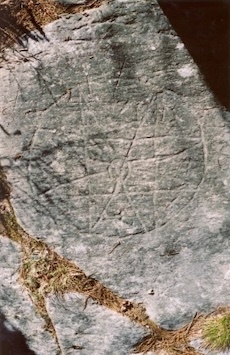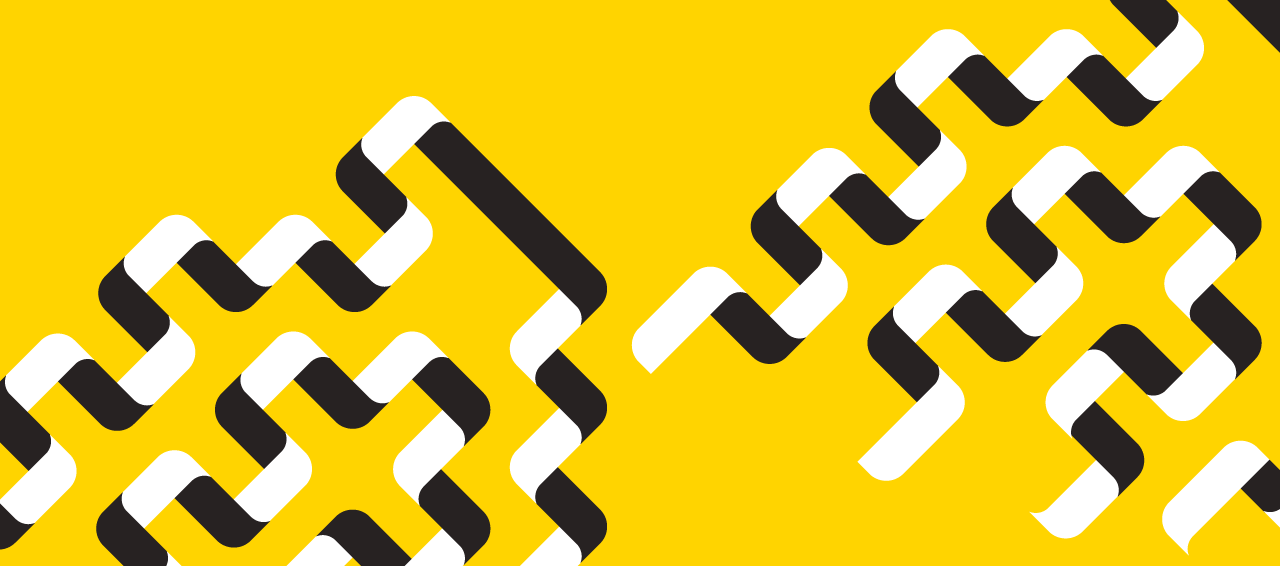Do you know the difference between the Mi’kmaw words Wela’lin and Wela'lioq?
As expressions of thanks, they’re among the language’s most-used words. But the distinction between themĚý— the former used in offering thanks to an individual, the latter a groupĚý— is lost on many who aren’t fluent.
Participants in a studio course offered by Dal's Centre for Learning and Teaching (CLT) last year had the chance to pick up this valuable knowledge and much more thanks to the work of Rachelle McKay.
McKay, Education Developer, Indigenous Knowledges and Ways of Knowing with CLT, designed and offered Decolonizing Pedagogy: Nourishing our Minds, Bodies, Hearts and SpiritsĚýto instructors across the university for the first time last summer.
“My role is to support faculty members and teaching staff to Indigenize their course content, decolonize their approach to teaching, and support their development on Indigenous topics overall,” says McKay. “A big component of the educational programming that I offer are these studio courses.”
About the course
ĚýĚý
 The seven-week course kicked off with a group visit to the Dal Art Gallery's Alan Syliboy: The Journey So Far exhibit and continued weekly with virtual circle discussions, an artistic practice workshop, Mi'kmaw language lesson, field trip to the , and an outdoor yoga class.
The seven-week course kicked off with a group visit to the Dal Art Gallery's Alan Syliboy: The Journey So Far exhibit and continued weekly with virtual circle discussions, an artistic practice workshop, Mi'kmaw language lesson, field trip to the , and an outdoor yoga class.
Related reading:ĚýAlan Syliboy exhibition offers 50‑year retrospective on one of the region’s defining artists
Marie Earl from the School of Physiotherapy was among the 15 participants in last year’s course offering.
“I've seen quite a transition on campus since I started in 1994 in terms of who attends and how we teach, but I have only recently seen a shift for the opportunity to be able to learn about Indigenous pedagogy,” says Earl.
Above:ĚýBedford PetroglyphsĚý / Parks Canada photo
Indigenous pedagogy served as a central component of McKay’s course. She introduced concepts such as Circle Work to the class, with the aim of having faculty members engage intellectually, physically, emotionally and spiritually with course topics and materials.
“There can be hesitancy to incorporate Indigenous pedagogies into teaching and learning,” says McKay. “Some people just have not experienced the power of Indigenous pedagogies before or if they have, they don't know if it's their place to necessarily facilitate something like a Circle discussion.”
Earl says the incorporation of Circles into the studio course itself helped convey their power as a tool of learning.
“We had a Circle and every class, even if we were around a table, the principle that everybody belonged, had a voice and were an important part of the whole on a journey, was realized and was supported,” she says. “I felt what it was like to learn when those conditions were established.”
Course content
Ěý
McKay’s decision to include art and yoga sessions in the course stemmed from a desire to offer non-typical approaches to conversations related to teaching and learning.
"I wanted this course to be different from previous offerings,” she says. “No one wants to spend their summer reading through articles or texts. So, I focused on the idea of wholistic wellness (spelt with a “w” to evoke conceptions of wholeness), and we had conversations about decolonization and decolonizing pedagogy within those spaces.”
The artistic practice session gave participants the opportunity to work on their own projects using beads, watercolour paints, or other materials, while engaging in a facilitated discussion on how to offer students alternative ways to present knowledge beyond writing assignments.
"In the past I would have wondered how I would be able to teach physiotherapy content by doing a craft,” says Earl. “But I now realize that I was missing the pointĚý— we don't have to focus the core content on the specific activity. Instead, we can use different contexts to help students feel, think, and relate to each other and the content in different ways"
Related reading: Indigenous research methods
ForĚýEarl,Ěýthe opportunity to learn a bit about Mi'kmaw language was also important.
“In physiotherapy and other health professions, we need to provide patient-centered care. Even if it’s just a few phrases, being able to communicate Mi’kmaw wordsĚý— greetings, names of body parts, healing wordsĚý— can be a gesture of understanding.”
Opportunities for future learning
ĚýĚý
Faculty are invited toĚýbrowse all upcoming events from the CLT.Ěý
The next Indigenous studio course will run on Tuesdays from October 1 – November 5, 2025. With 2025 marking 10 years since the release of the Truth and Reconciliation Commission of Canada Final Report, this course focused on Reconciliation will be an opportunity for faculty members to reflect on their role in advancing Indigenous knowledges and explore practical strategies for implementing Indigenous perspectives into their teaching and curriculum design. To express your interest in this course please contact clt@dal.ca
Ěý

